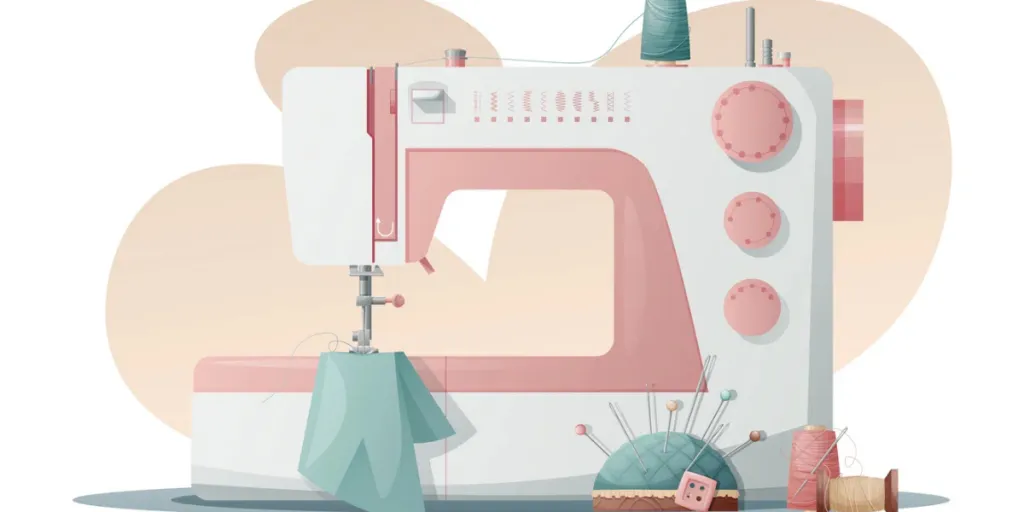The sewing machine market is on an upward trajectory, with a projected growth to USD 10.3 billion by 2032. This surge is fueled by rising demand in the fashion and automotive sectors, as well as the booming DIY culture. For business buyers, understanding these trends is crucial for strategic product selection and maximizing inventory turnover.
Table of Contents:
Global Sewing Machine Market Overview
In-Depth Market Analysis
Key Factors When Selecting a Sewing Machine
Advanced Features in Modern Sewing Machines
Importance of Build Quality and Durability
Enhancing User Experience with Ease of Use Features
Global Sewing Machine Market Overview
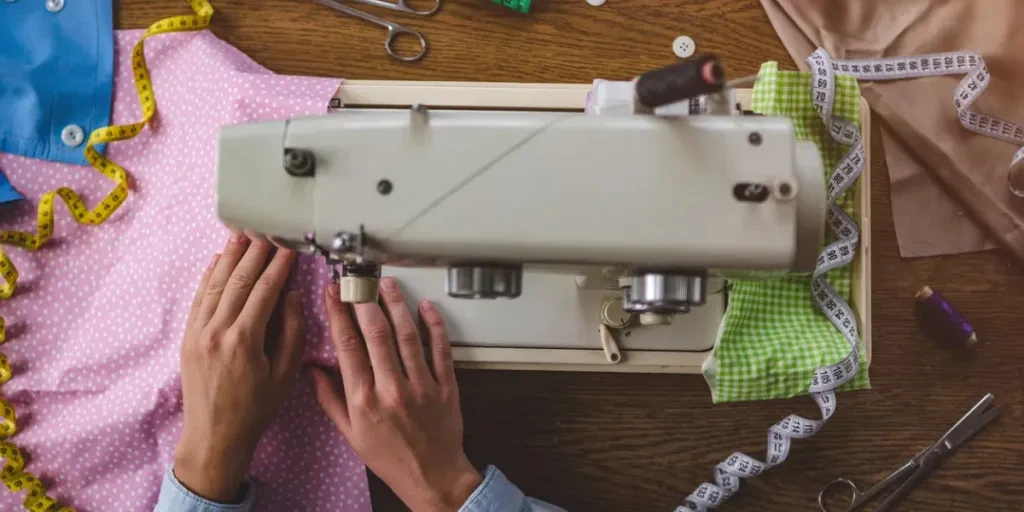
The global sewing machine market has seen significant growth over the past few years. In 2023, the market size reached USD 6.8 billion, and it is expected to grow at a compound annual growth rate (CAGR) of 4.7% from 2023 to 2032, reaching USD 10.3 billion by 2032. This growth is driven by the increasing use of sewing machines in various industries. The market expanded from USD 5.08 billion in 2023 to USD 5.34 billion in 2024 and is projected to reach USD 7.51 billion by 2030 with a CAGR of 5.75%.
Sewing machines are essential for stitching fabrics and other flexible materials, offering features from basic stitching to complex embroidery. The market is divided into product types such as mechanical, electronic, and embroidery sewing machines, and applications for domestic and industrial use. A significant growth factor is the use of sewing machines in the automotive industry for making carpets, nylon tire cords, and seatbelts. Additionally, the rise in DIY fashion and home decor has boosted demand for both basic and advanced sewing machines.
In-Depth Market Analysis
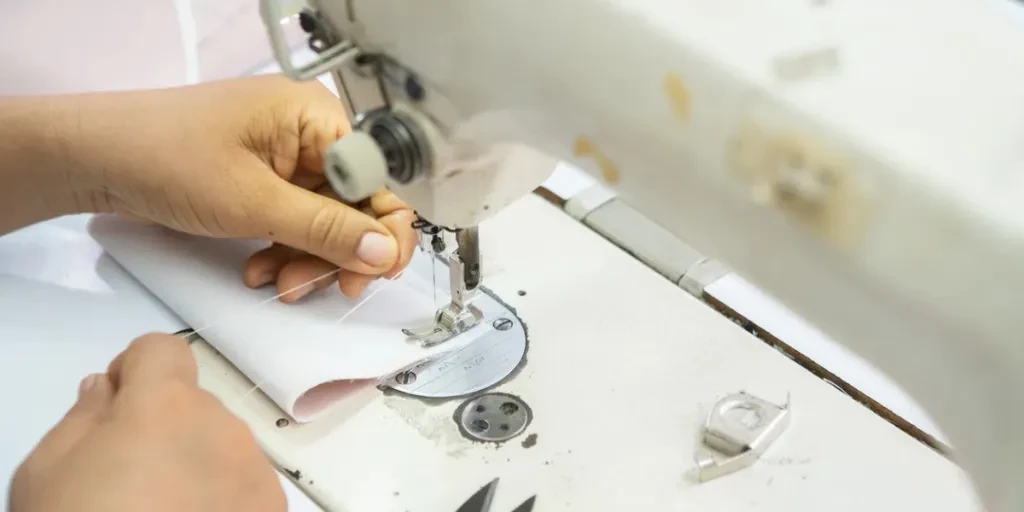
Key Performance Benchmarks and Market Share Dynamics
The sewing machine market offers a diverse range of products to meet different user needs. Mechanical sewing machines are favored for their durability and simplicity, while electronic models provide advanced features like programmable stitching patterns. Embroidery machines serve niche markets, particularly in custom apparel and among embroidery enthusiasts. The growing demand for embroidery machines is driven by the popularity of personalized apparel.
Economic Influences and Consumer Behavior Shifts
Economic factors, such as disposable income and consumer spending on home and fashion products, greatly affect the sewing machine market. The surge in DIY fashion and home decor has increased consumer interest in sewing machines. Moreover, the expanding fashion and textile industries require efficient, high-quality sewing equipment to keep pace with changing trends.
Distribution Channel Preferences and Seasonal Demand Patterns
The market is divided into offline and online distribution channels. Offline channels, like retail stores and specialty shops, remain dominant due to the need for product demonstrations and personalized service. However, the online segment is growing rapidly, driven by the convenience of online shopping and a broader product range. Seasonal demand also affects sales, with increases during festive seasons and holidays when more DIY projects and gift-making occur.
Recent Innovations and Digitalization
Technological advancements have significantly impacted the sewing machine market. Innovations such as computerized and embroidery machines have enhanced productivity and attracted a wider user base. The integration of intelligent technology, like the Internet of Things (IoT) and big data, has improved production line efficiency. Companies like Brother Industries and Bernina International AG have introduced advanced sewing, embroidery, and fabric printing machines with connectivity options, catering to both professional and hobbyist markets.
Environmental Regulations and Customer Pain Points
Environmental concerns about the disposal of electronic parts and plastics in sewing machines pose challenges. Manufacturers are developing energy-efficient and environmentally sustainable machines to address these issues. Additionally, the need for technical expertise to operate sophisticated machines remains a customer pain point, hindering broader adoption.
Brand Positioning and Differentiation Strategies
Leading brands in the sewing machine market, such as Brother Industries, Bernina International AG, and Singer, focus on innovation and quality to stand out. These companies invest in research and development to introduce new features and improve user experience. For example, Singer India launched the M3330 sewing machine exclusively on Amazon India, targeting the growing online market of crafting and DIY enthusiasts.
Niche Markets and Social Trends
Niche markets, like custom apparel businesses and embroidery enthusiasts, are gaining traction. The increasing demand for personalized apparel drives the growth of embroidery machines. Social trends, including the rise of DIY culture and home-based businesses, further contribute to market expansion.
Conclusion
The global sewing machine market is set for continued growth, driven by technological advancements, changing consumer behavior, and the expanding fashion and textile industries. Manufacturers focus on innovation, environmental sustainability, and addressing customer pain points to maintain their competitive edge. As the market evolves, opportunities for growth and differentiation will continue to emerge, catering to both professional users and hobbyists.
Key Factors When Selecting a Sewing Machine
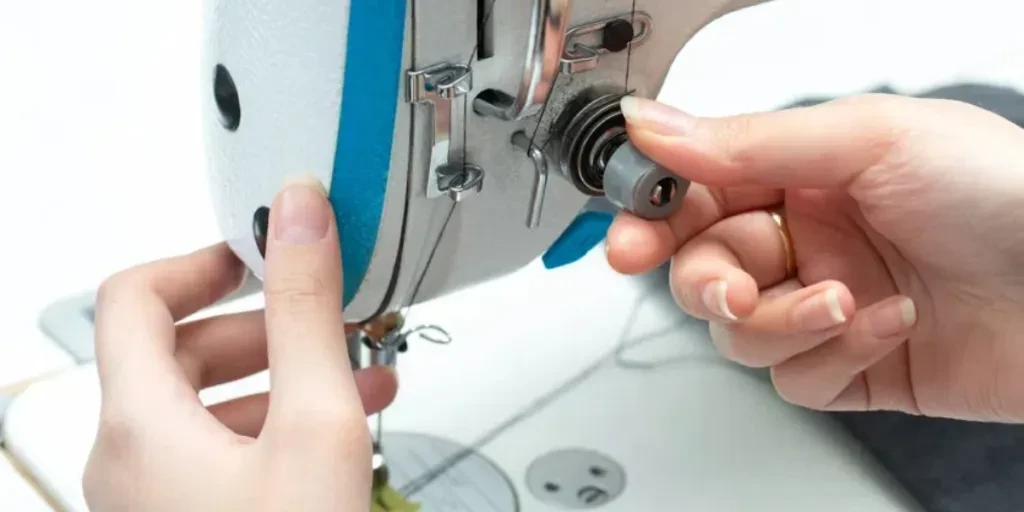
When selecting a sewing machine, it’s important to consider several critical factors to ensure it meets your specific needs. These include the type of sewing machine, its features and specifications, build quality, ease of use, and after-sales support.
Type of Sewing Machine
There are various types of sewing machines, each designed for specific purposes:
Mechanical Sewing Machines: These basic machines require manual adjustments for stitch length, tension, and width. They are ideal for beginners and those who value simplicity and reliability. Known for their durability, mechanical machines are also easy to maintain.
Electronic Sewing Machines: Featuring electronic controls for stitch selection, speed control, and automatic needle threading, these machines are suitable for intermediate users seeking more functionality without the complexity of a fully computerized machine.
Computerized Sewing Machines: Equipped with a microprocessor to control various functions, these machines offer a wide range of stitches, automatic buttonholes, and embroidery options. They are perfect for advanced users and professionals who need precision and versatility.
Overlock (Serger) Machines: Specialized for finishing edges and seams, these machines can sew, trim, and finish edges in one step, making them ideal for garment construction and professional sewing.
Embroidery Machines: Designed specifically for embroidery work, these machines come with built-in designs and allow users to upload custom designs, making them ideal for adding intricate patterns to projects.
Features and Specifications
When choosing a sewing machine, consider the features and specifications that best meet your needs:
Stitch Options: The variety of stitches available can greatly affect the machine’s versatility. Basic models may offer limited stitches, while advanced models provide a wide range of decorative and functional stitches.
Speed Control: Adjustable speed control lets you work at a comfortable pace, which is particularly important for beginners and those working on detailed projects.
Needle Positioning: The ability to adjust the needle position is crucial for tasks like topstitching, zippers, and quilting. Some machines offer multiple needle positions for more flexibility.
Automatic Features: Automatic needle threading, thread cutting, and tension adjustment can save time and reduce frustration, especially for novice sewers.
Throat Space: The throat space, or the distance between the needle and the machine body, determines the size of fabric that can be easily maneuvered. Larger throat spaces are beneficial for quilting and large projects.
Build Quality and Durability
The build quality of a sewing machine is key to its longevity and performance. Consider these aspects:
Materials: Machines with metal frames and components are generally more durable and stable than those with plastic parts, reducing vibrations and ensuring smoother operation.
Brand Reputation: Established brands with a history of high-quality machines are often safer choices. Researching customer reviews can provide insights into the reliability and durability of different models.
Warranty: A comprehensive warranty offers peace of mind and protection against manufacturing defects. Check warranty terms and service center availability in your area.
Ease of Use
A user-friendly sewing machine can enhance your sewing experience and boost productivity. Consider these features:
User Interface: Machines with intuitive controls and clear displays are easier to operate. Computerized machines often have LCD screens that provide information on stitch selection and settings.
Instruction Manual: A detailed manual can help you understand the machine’s features and functions. Some brands also offer online tutorials and customer support.
Portability: If you need to transport your sewing machine frequently, consider its weight and portability. Lightweight models with carrying handles are more convenient for travel and storage.
After-Sales Support
Reliable after-sales support is essential for maintaining your sewing machine and addressing any issues:
Customer Service: Look for brands offering responsive and helpful customer service. This can be crucial if you encounter problems or need assistance with your machine.
Service Centers: Availability of authorized service centers ensures your machine is repaired by qualified technicians using genuine parts.
Replacement Parts: Check the availability of replacement parts and accessories. Some brands offer a wide range of compatible parts, making it easier to maintain and upgrade your machine.
Advanced Features in Modern Sewing Machines
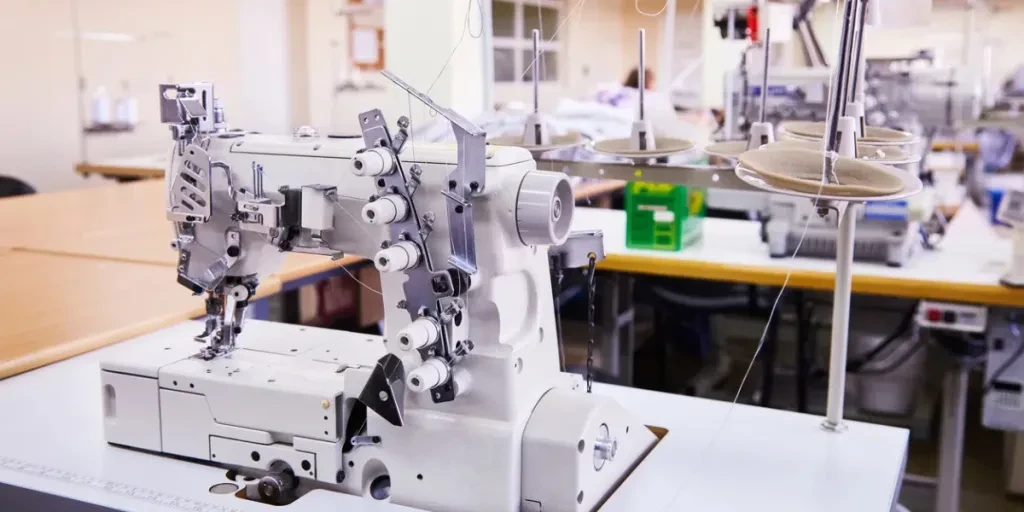
With technological advancements, modern sewing machines offer features that enhance functionality and user experience:
Computerized Stitch Selection
These machines provide a vast array of stitches selectable at the touch of a button. Built-in stitch libraries include basic, decorative, and specialized stitches, and users can customize and save their patterns.
Embroidery Capabilities
Many modern machines have embroidery capabilities, allowing for intricate designs. They often include built-in designs and options to upload custom designs via USB or Wi-Fi, with varying embroidery areas and hoop sizes.
Automatic Thread Cutting
This feature saves time and reduces manual trimming by automatically cutting top and bobbin threads, providing a cleaner finish and quicker task transitions.
Touchscreen Interfaces
Touchscreen interfaces offer an intuitive way to control the machine, displaying stitch options, settings, and tutorials, making navigation and operation easier.
Connectivity and Software Integration
Some advanced machines offer Wi-Fi and Bluetooth connectivity, enabling integration with design software for creating and transferring custom designs directly to the machine.
Importance of Build Quality and Durability
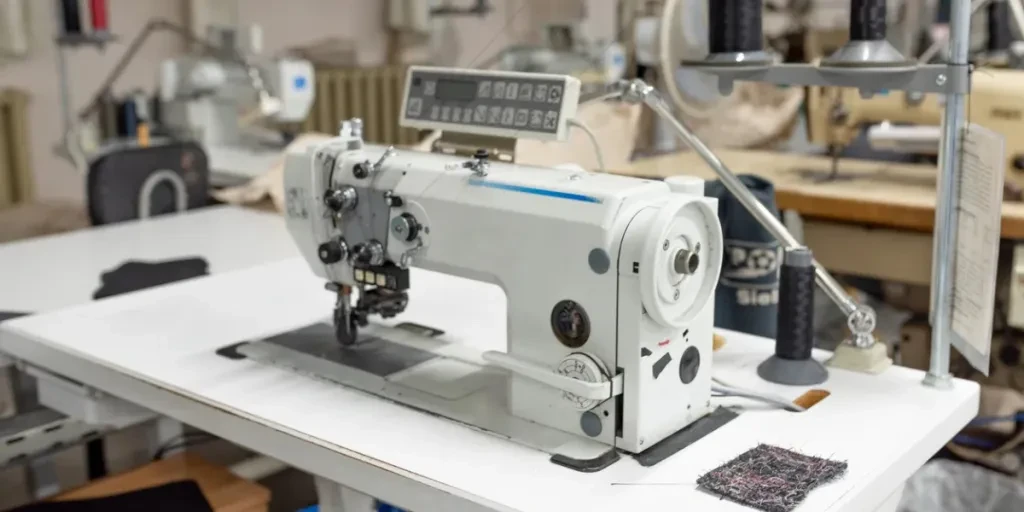
The build quality and durability of a sewing machine are crucial for its performance and longevity. High-quality materials ensure the machine withstands regular use and maintains consistent performance.
Metal vs. Plastic Components
Machines with metal frames and components are more robust and stable than those with plastic parts, reducing vibrations and improving stitch quality. While plastic machines may be lighter and more affordable, they are often less durable.
Brand Reputation and Reliability
Brands like Brother, Singer, Janome, and Bernina have a long history of manufacturing reliable machines. Researching customer reviews can provide insights into the performance and longevity of different models.
Warranty and Service Support
A comprehensive warranty provides protection against defects and covers parts and labor for a specified period. Authorized service centers ensure repairs are done by qualified technicians using genuine parts.
Enhancing User Experience with Ease of Use Features
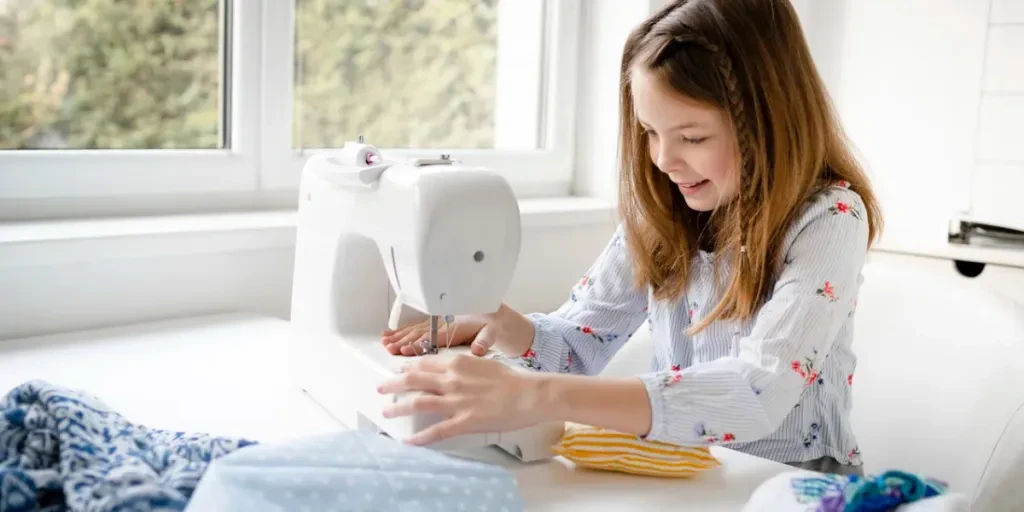
Ease of use significantly impacts the sewing experience, especially for beginners. Modern machines are designed with features that simplify operation and enhance convenience.
Intuitive Controls and Displays
Machines with intuitive controls and clear displays are easier to operate, with computerized models often featuring LCD or touchscreen displays for information on stitch selection and settings.
Automatic Features
Automatic features like needle threading, thread cutting, and tension adjustment save time and reduce frustration, especially for novices. Automatic buttonhole functions ensure consistent results.
Portability and Storage
For frequent transportation, consider the weight and portability of the machine. Lightweight models with handles are more convenient, and some include built-in storage for accessories.
Conclusion
In summary, choosing the right sewing machine involves considering factors like the type of machine, features, build quality, ease of use, and after-sales support. By evaluating these factors, you can select a machine that meets your needs and enhances your sewing experience.
